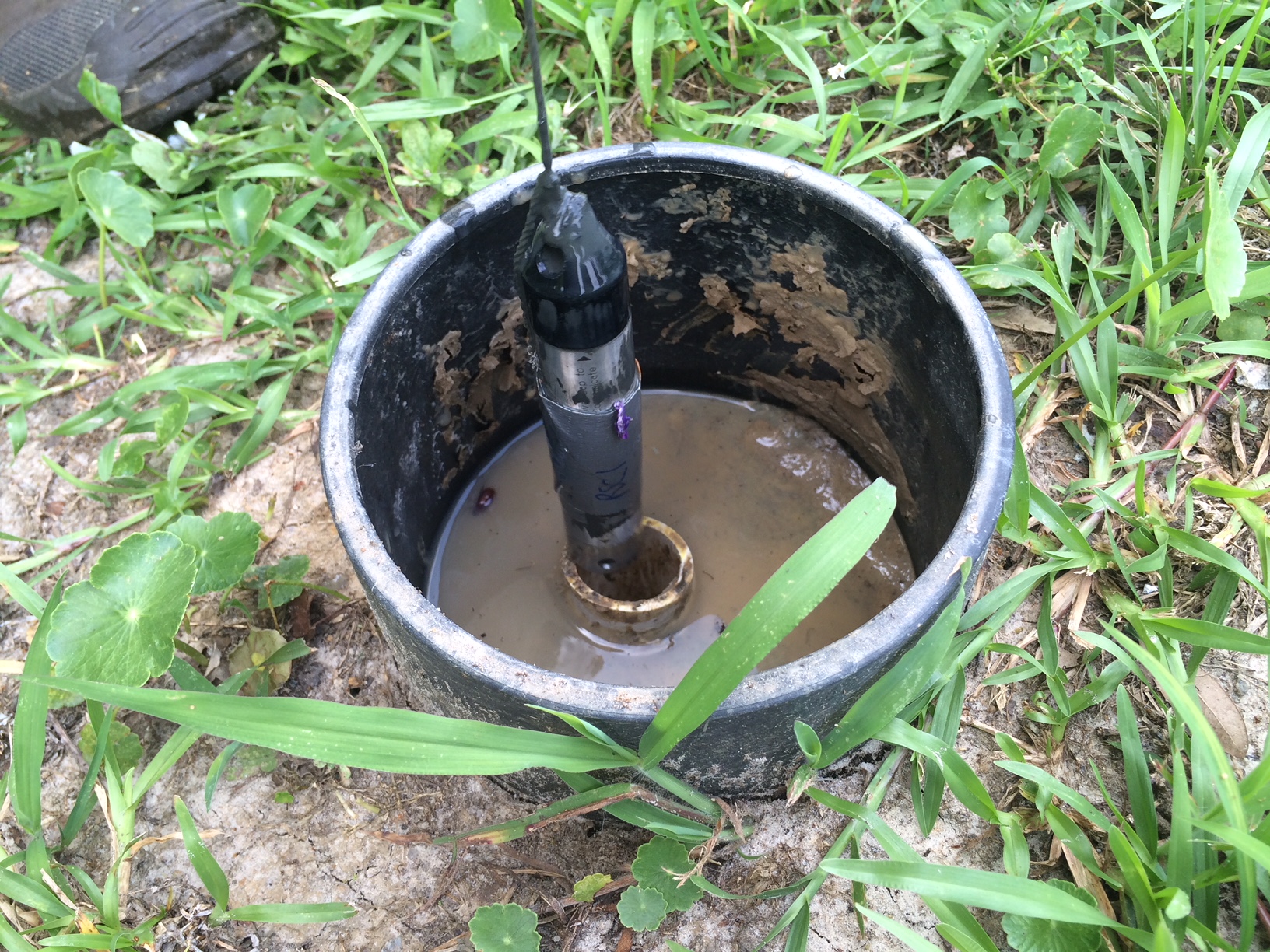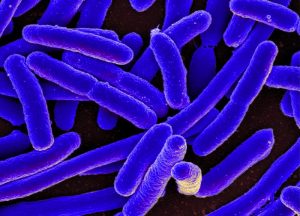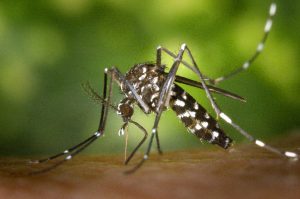Naylor E, Humphrey C, Kelley T, Easter L and Iverson G (2018). Evaluation of Nitrate Concentrations and Potential Sources of Nitrate in Private Drinking Water Supply Wells in North Carolina. Journal of Environmental Health 80(9):16-23.
Abstract
The goal of this study was to gain a better understanding of the link between groundwater nitrate concentrations and various land uses in North Carolina. Groundwater nitrate data from wells across North Carolina were summarized for each county. Land-use characteristics for each county including acreage and fraction of land in agriculture, population and population density, total number and density of septic systems, and the numbers and densities of various livestock (poultry, hogs, and cattle) were computed. Land-use characteristics for the 10 counties with the highest and lowest mean nitrate concentrations were compared to determine if significant differences in land-use characteristics accompanied differences in nitrate concentrations. Data indicated that counties with the highest average nitrate concentrations had more acreage and a higher fraction of their land in agriculture and higher numbers and densities of livestock. There were statistically significant correlations among average nitrate concentrations and acreage and fraction of land in agriculture and numbers and densities of livestock. Efforts to implement best management practices for reducing nitrate loss from agricultural fields is suggested especially in the Inner Coastal Plain of North Carolina where the highest mean concentrations of nitrate in groundwater were located.



